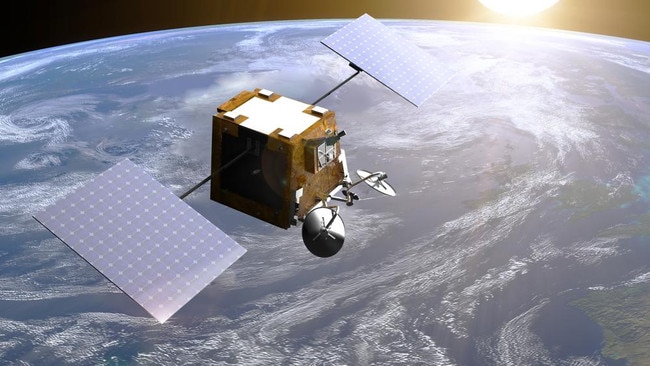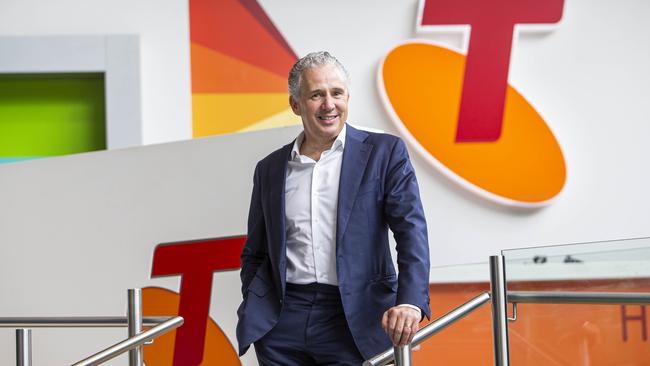Telstra, OneWeb in deal on satellites
Telstra has signed a memorandum with satellite constellation provider OneWeb to offer low earth orbit communications to remote Australia.

Telstra has signed a memorandum with satellite constellation provider OneWeb to offer low earth orbit communications to remote Australia.
Telstra CEO Andy Penn said there were multiple uses for the telco using low earth orbit satellites, or LEOs. Besides broadband services, they could be used for backhaul, internet of things (IoT) applications, data resilience systems and as a back-up.
“We’re working with OneWeb to really architect all of the various use cases for LEOs and see if we can pull all of that altogether into professional partnerships,” Mr Penn said.
OneWeb has planned a 648 satellite constellation, with 428 in orbit so far. By travelling closer to earth, low orbiting satellites allow for easier communications with the ground compared to geostationary satellites located tens of thousands of kilometres above earth.
The memorandum sees Telstra gearing up to operate in both satellite markets. Recently it said it would build and manage the ground infrastructure and fibre network in Australia for ViaSat, a global telco that supplies the in-flight Wi-Fi for Qantas, in what will be the nation’s largest-scale satellite deployment.
The project was part of a $1.6bn package – to be spent over five years – that includes boosting Telstra’s intercity optical fibre network.

ViaSat this year is launching three geostationary satellites that cover North America, Europe and the Asia-Pacific, positioned about 35,000km above earth.
“A geostationary satellite needs a lot of ground infrastructure and ground connectivity and operation. We’re doing that with the Asia-Pacific satellite, which is basically centred in Australia,” Mr Penn said.
“The LEOs orbit between 800km and 1200km in constellations of satellites. Basically we’ve got partnerships on both fronts.”
He said the LEOs added to rather than superseded existing Telstra’s services.
“We need multiples of technologies to continue to innovate and to bring them together in a complementary way that can provide the best connectivity.”
Mr Penn didn’t cite potential satellite communication speeds. Telstra was working through proof of capabilities. “Ultimately, speed is partly a function of how you use the capacity or how you distribute it,” he said.
“There’s no silver bullet to suddenly transform everything overnight.”
He saw applications for the new LEOs in agriculture, logistics and mining in areas where there is no existing coverage.
This is the second deal between Telstra and OneWeb. In 2019 the companies signed an agreement for Telstra to set up three gateway earth stations in Perth, Darwin and southeast Queensland.
The ViaSat and OneWeb deals place Telstra on a more competitive footing with Elon Musk’s planned 42,000 LEO Starlink system, which is already rolling out in parts of Australia and looms as a competitor to Telstra and NBN.


